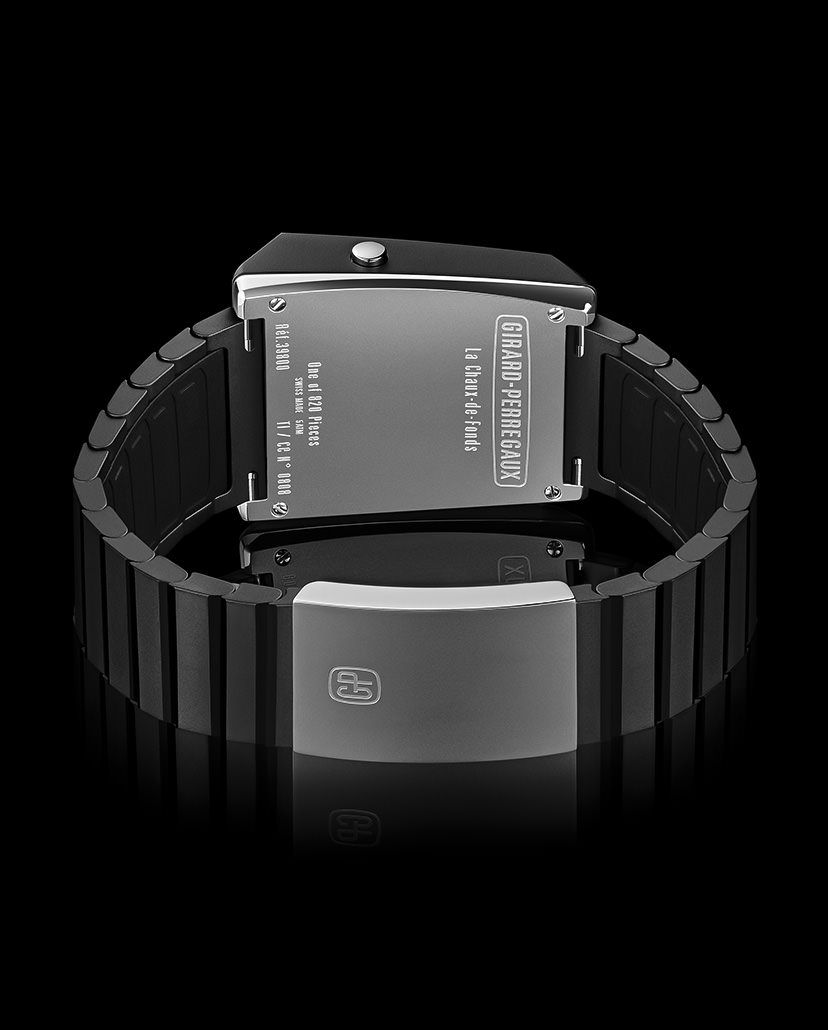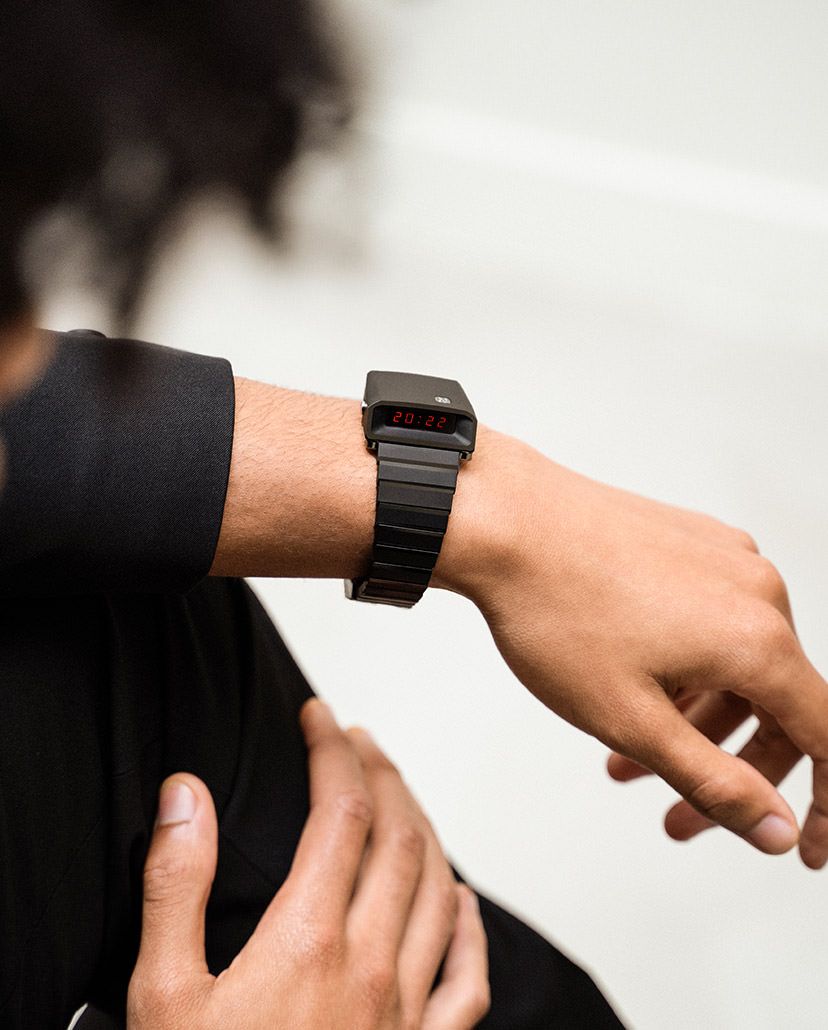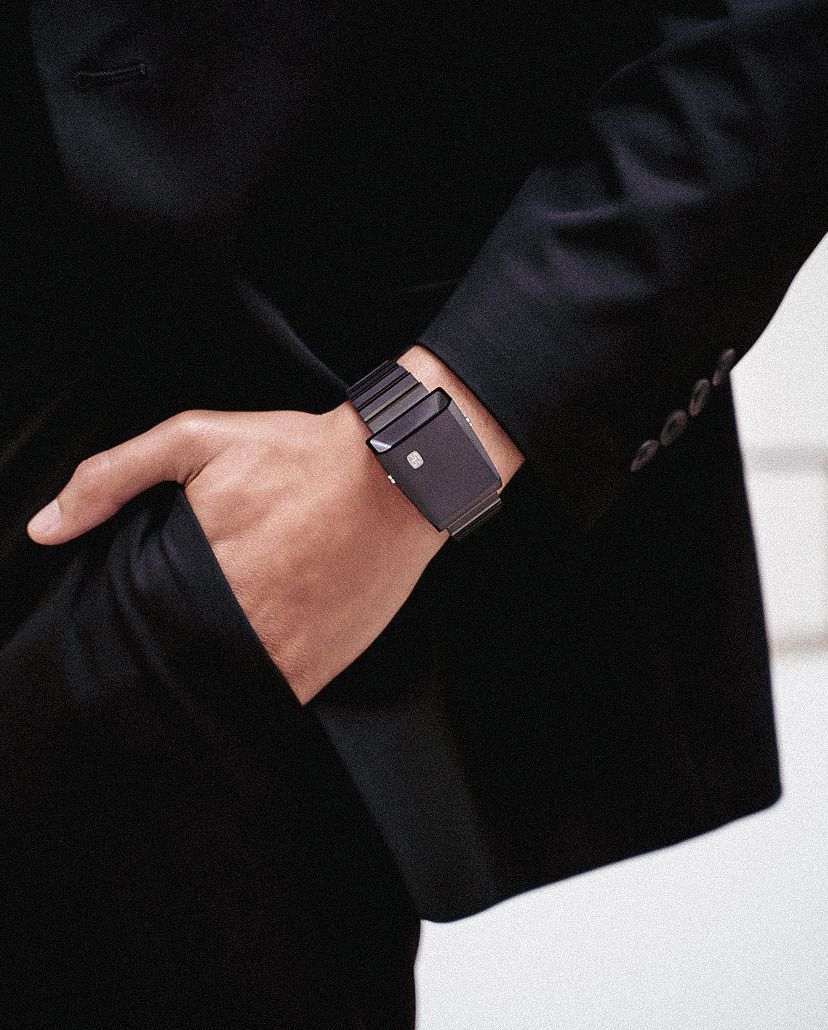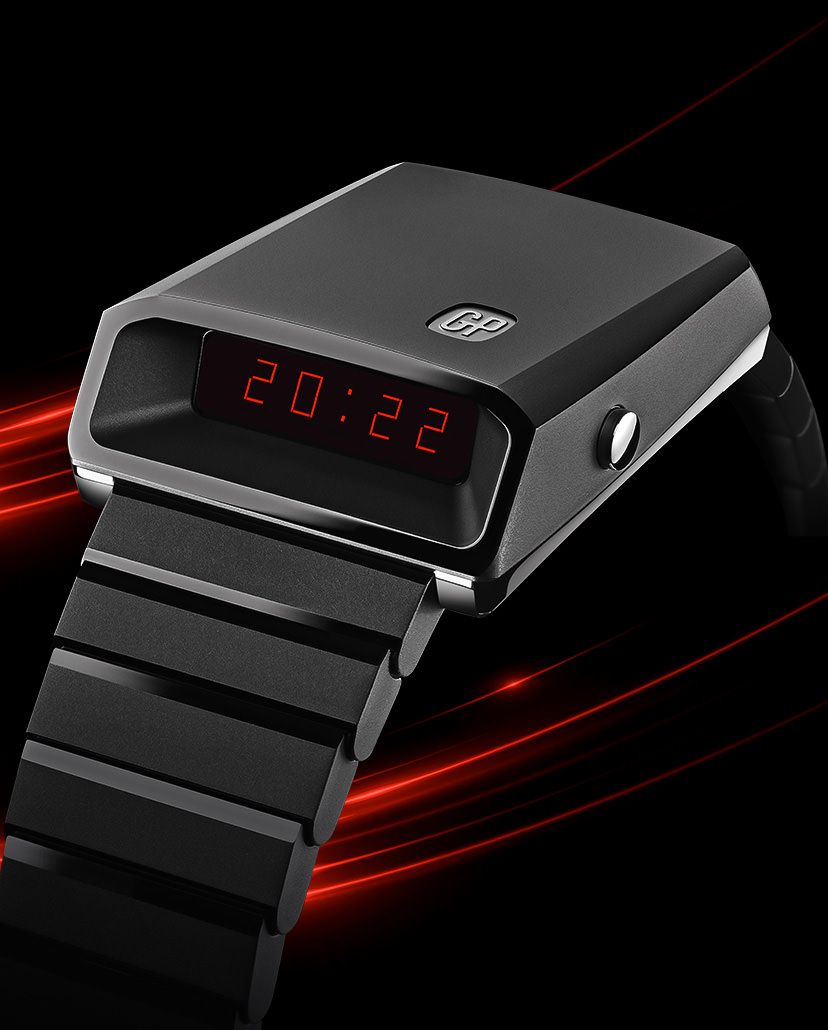ReviewBack To The Future: Girard-Perregaux Reintroduce Their Retro-Futuristic Casquette
First released in the late 1970s, the Casquette has become a highly-coveted timepiece among watch enthusiasts and tech geeks alike. This year, Girard-Perregaux have revived the timepiece while retaining the original design language but with some serious upgrades
May We Recommend
Around six decades ago, the horological industry was going through a period of massive upheaval. It was an era when American, Swiss and Japanese watchmakers were engaged in a race to build the first quartz wristwatch while trying to come up with a cheaper and more accurate alternative to mechanical timepieces. As several Swiss brands joined forces to undertake research and development of quartz technology, one watch manufacturer chose to tread their own path—Girard-Perregaux.

From building an independent research centre to introducing one of the first quartz wristwatches in the market, the La Chaux-de-Fonds-based brand were a force to reckon with when it came to making quartz timepieces. They quickly built a reputation for themselves with the launch of their high-frequency GP-350 quartz movement in the late 1960s and then went on to introduce iconic timepieces such as the Casquette—unveiled in 1976, it was originally simply called ‘Reference 9931’ and became one of the most coveted watches of its time. Now, five decades since the launch of the original Casquette and a year after, Girard-Perregaux have revived the watch but with some significant updates. Here’s a closer look at the new timepiece and the watchmaker’s expertise in crafting quartz watches.
A Pioneering Past In Quartz Watchmaking
Founded in 1791, Girard-Perregaux stood at the forefront of quartz timekeeping. Having decided to launch an independent research programme, they hired young electrical engineers and established their electronic research division in 1966, which was commissioned to manufacture quartz-equipped master clocks, small clocks and wrist watches. After four years of rigorous work, the watchmakers released their first-ever quartz wristwatch, Electron. Powered by the Beta 21 movement, the timepiece caused a sensation in the industry as it featured a quartz oscillator that ran at a frequency of an impressive 8,192Hz. Subsequently, in 1970, they unveiled their second-generation quartz watches that were equipped with an all-new quartz calibre called GP-350. What made this movement so special was the fact that it not only beat at a mind-boggling 32,768Hz but also offered an error rate of just one minute per year. Not only this, the calibre sailed through the Neuchâtel Observatory chronometry tests without any glitches and became synonymous with precision and reliability. Needless to say, the GP-350 was a huge commercial success and Girard-Perregaux produced more than 20,000 units.
However, it was only when the watchmakers introduced the Casquette in 1976 that they cemented their position as a leading brand in the quartz segment. Thanks to its avant-garde design and forward-looking technology, the timepiece was dubbed as the coolest watch of the 1970s and it sent shockwaves through the industry.
The Birth Of The Casquette
At the time of its launch, the Casquette was unlike any other watch. With its overall design reminiscent of a 70s muscle car, with the LED reminiscent of tail lights, the timepiece was quite the head-turner. Featuring a quartz movement that offered a high degree of precision, the display of the Casquette indicated the hours, minutes, seconds, day and date. Girard-Perregaux made sure to pay attention to the smallest details of the watch and flawlessly executed its finishing. Apart from all this, it was mounted on an integrated bracelet, which was ergonomically designed to easily snuggle on the wrist.
During its production between 1976 and 1978, the watchmakers made around 8,700 units of the Casquette and it eventually became highly sought-after by watch collectors and fashionistas alike. Therefore, it isn’t surprising at all that Girard-Perregaux resurrected the timepiece to lure a whole new generation of enthusiasts.
The Revival
The Casquette 2.0 retains the retro-futuristic design of the original timepiece but has been upgraded with the latest technology. Now presented in a scratch-resistant ceramic case along with an ultra-light grade-5 titanium caseback, it weighs just 107g and measures 42.4mm in length, 33.6mm in width and has a maximum thickness of 14.64mm. To add to the lightweight ensemble, even the side buttons and the ‘GP’ badge—sitting atop the watch case—have been crafted in titanium. The wearing experience is further enhanced by the ceramic bracelet with a rubber interior, which is much more comfortable and flexible than its previous avatars. Meanwhile, it is secured to the wrist with the help of a folding titanium buckle.
The LED display remains the centrepiece here. Unlike its original version that showcased only the hours, minutes, seconds, day and date, the new Casquette 2.0 also displays the month, the year, and includes a chronograph, a secondary time zone, and a secret date. The latter allows the wearer to save a memorable date according to their choice that will be displayed once a day at a selected time. Another interesting attribute of the watch is its ability to display time on demand, which helps in preserving battery life. Inside the timepiece is the calibre GP03980—first released with a special edition Casquette model, which the watchmakers introduced in 2021 in support of the charity auction, Only Watch. The movement offers a battery life of around two years, assuming the pushers are pressed at an average of about 20 times per day. In fact, Girard-Perregaux have worked hard to improve the watch’s battery life as it was one of the biggest shortcomings of the original model.

Limited to just 820 units, the Casquette 2.0 exudes an ageless appeal that serves as a bridge between the present and past. Talking about the watch during its launch, Patrick Pruniaux, CEO of Girard-Perregaux, remarked, “Not all watches retain their looks and desirability with the passage of time. However, since production of the original Casquette ceased in 1978, the interest in this watch has never diminished.” He further added, “Quite simply, the original Casquette serves to further validate our reputation for designing watches with lasting appeal. We are delighted to welcome the Casquette back—a stylish watch that promises lasting allure.”













